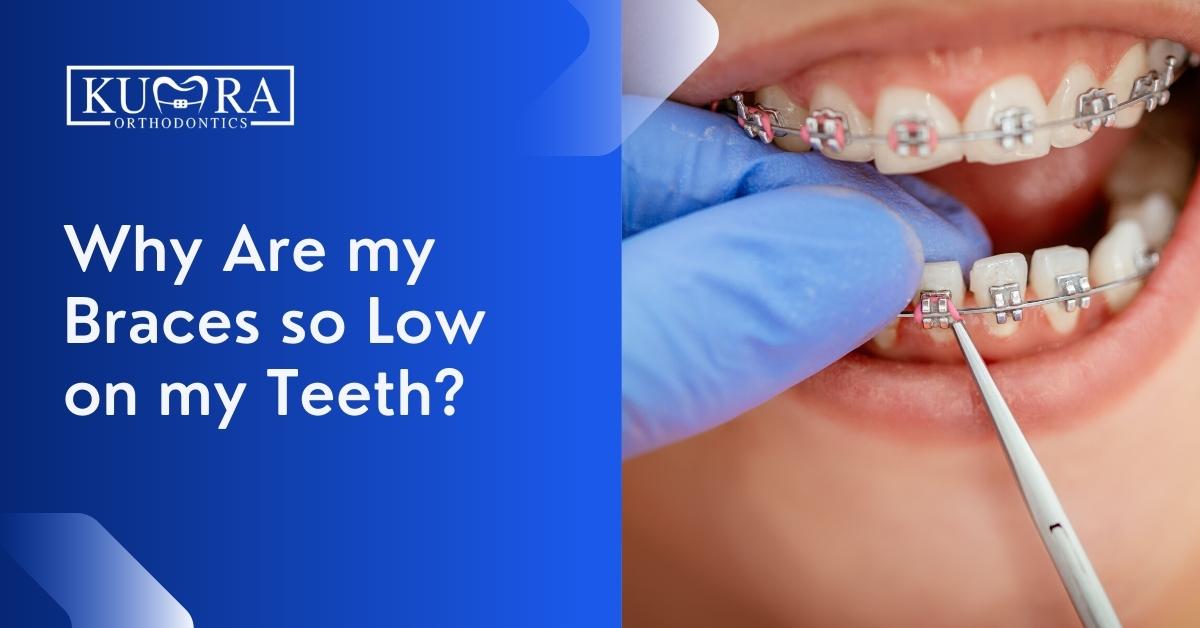Leading Tips for Selecting the Best Cumming Orthodontist for Braces and Aligners
Leading Tips for Selecting the Best Cumming Orthodontist for Braces and Aligners
Blog Article
Comprehensive Guide to Orthodontics Treatments for Fixing Oral Imbalances
In the realm of orthodontics, the trip to accomplishing a perfectly lined up smile includes a myriad of treatments tailored to remedy oral imbalances. From conventional dental braces to invisible aligners and even medical choices, the area of orthodontics offers a variety of solutions to address differing degrees of dental irregularities. Recognizing the intricacies of each treatment, including their devices, benefits, and prospective drawbacks, is crucial in making educated choices regarding one's orthodontic treatment. As we navigate through the comprehensive overview to orthodontic procedures for dealing with oral misalignments, the intricate information of each technique will certainly unravel, clarifying the course towards a unified and useful dental alignment.
Orthodontic Procedures Introduction

Routine changes and tracking are crucial components of orthodontic therapy to make certain progression is on track and to make any type of essential modifications along the means. By going through orthodontic procedures, clients can not only attain a straighter grin yet likewise enhance their total oral health and function.
Traditional Braces: Exactly How They Work
When considering orthodontic treatments for oral misalignments, standard braces stand out as a time-tested method for correcting teeth positioning. Standard dental braces contain brackets, cords, and bands that interact to apply constant stress on the teeth, gradually relocating them into the preferred alignment. The brackets are affixed to the teeth utilizing an unique adhesive, and the cords are threaded with the brackets. By adjusting the stress of the wires, orthodontists can manage the direction and force applied to each tooth, directing them right into appropriate alignment gradually.
As stress is applied to the teeth through the dental braces, the bone surrounding the teeth is improved to sustain the brand-new tooth positions. Patients will certainly need routine changes at the orthodontist's office to make sure the dental braces continue to use the correct stress for reliable teeth movement.
Undetectable Aligners: Benefits And Drawbacks
Unseen aligners supply a practical and discreet choice to conventional dental braces for remedying oral imbalances. These clear, customized trays are virtually unnoticeable when worn, making them an attractive option for people looking for an extra cosmetically pleasing orthodontic treatment. One of the main advantages of unnoticeable aligners is their removability, permitting best family dentist less complicated upkeep of oral hygiene compared to standard braces. People can eliminate the aligners prior to consuming or brushing their teeth, reducing the risk of food getting embeded the home appliance and simplifying the cleansing procedure.

Surgical Orthodontic Options
Surgical interventions in orthodontics present feasible options for addressing complex dental imbalances that may not be efficiently fixed through conventional orthodontic treatments. While conventional braces and unseen aligners can remedy several orthodontic concerns, certain instances require medical treatment to attain optimum outcomes. Surgical orthodontic options are normally suggested for extreme malocclusions, considerable jaw inconsistencies, and situations where the underlying bone structure needs modification to achieve correct alignment.
One common medical orthodontic treatment is orthognathic surgery, which involves rearranging the jaws to fix practical problems such as trouble eating or speaking. This surgical treatment is commonly carried out in collaboration with an orthodontist that aids align the teeth before and after the procedure. Surgical orthodontics may also involve treatments to i was reading this subject influenced teeth, eliminate excess gum tissue, or improve the jawbone to produce a more harmonious face profile.
Prior to thinking about medical orthodontic options, people go through a comprehensive analysis to identify the need and potential advantages of such treatments. cumming orthodontist. While surgery may appear difficult, it can significantly enhance both the feature and visual appeals of the smile in instances where standard orthodontic treatments fail
Retainers and Post-Treatment Treatment

Failure to comply with post-treatment care instructions can result in regression, where the teeth progressively relocate back in the direction of their original positions. Regular retainer wear, excellent dental hygiene, and routine dental check-ups are essential for maintaining the outcomes achieved via orthodontic surgical procedure and making certain the lasting stability of the fixed dental placement.
Verdict
In final thought, orthodontic procedures use numerous choices for remedying dental imbalances. Typical dental braces use steel braces and wires to shift teeth right into appropriate alignment. Unseen aligners supply a more very discreet option but might not appropriate for all cases. Surgical orthodontic alternatives are offered for more extreme misalignments. Retainers are commonly utilized post-treatment to maintain the brand-new positioning. On the whole, orthodontic treatments can effectively boost dental wellness and aesthetic look.
As we browse through the detailed overview to orthodontic procedures for remedying oral misalignments, the complex details of each technique will certainly unravel, shedding light on the course towards a harmonious and practical dental placement. - aligners
One of the most usual orthodontic therapies is the use of braces, which are composed of steel braces and wires that apply mild stress to progressively shift teeth into the preferred placement.When taking into consideration orthodontic treatments for dental misalignments, standard dental braces stand out as a reliable method for fixing teeth positioning. Furthermore, unseen aligners might not be suitable for complex orthodontic issues that need more considerable teeth motion, as they are normally advised for light to modest instances. Retainers are custom-made orthodontic devices designed to hold teeth in their corrected positions after the completion of orthodontic treatment.
Report this page